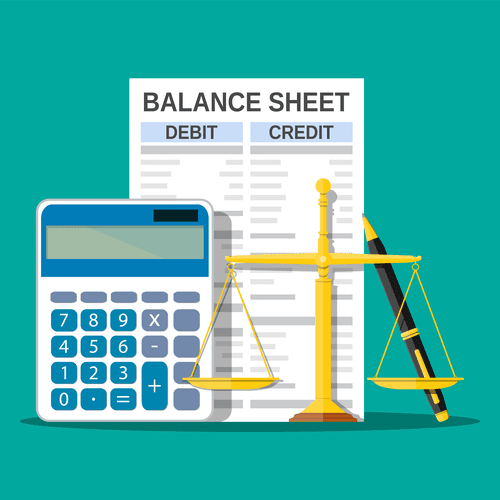
The legacy lease accounting standards included ASC 840, IAS 17, and various GASB standards, mainly GASB 13 and GASB 62. Before the announcement of new lease accounting standard requirements, most companies did not find it essential to pay close attention to operating leases within the financial reporting process. This was because lessees with operating leases would only recognize an expense over the lease term with limited balance sheet impact. When there is a reduction in the lease term, the lessee remeasures the lease https://www.instagram.com/bookstime_inc liability based on the future lease payments; the balancing journal entry goes to the right of use asset. The IASB decided that under IFRS 16, a reduction in the lease term does warrant a gain/loss calculation.
Lease Amendment Accounting Explained: Expansion of Leased Premises
As a result, the modified lease liability is $161,679, a further decrease of $11,912 ($173,591 – $161,679). LE recognizes the $11,912 decrease to the lease liability with a corresponding decrease to the ROU asset. Companies have been busy implementing https://www.bookstime.com/articles/accountant-for-independent-contractors the new leases standard (IFRS 16), with a particular focus on transition and the Day 1 accounting.

Lease modifications – definition and accounting
- If you don’t know or are unsure about the fair value of the asset, you would then use the incremental borrowing rate.
- The subsequent accounting for leases is just as important as the Day 1 accounting and could be significantly impacted by lease modifications.
- Lessors are required to classify each of their leases as either an operating lease or a finance lease.
- The lessee will calculate the adjustment to the lease liability and recognize an adjustment of the same amount to the lease asset, with any difference reflected in gain or loss for the current period.
- Despite the Boards’ efforts to streamline lease accounting with the convergence of these new standards, some major differences between the two standards emerged.
- When measuring the assets and liabilities, both the lessee and the lessor should also include any lease renewals beyond the current lease term and lease purchase options which they are “reasonably certain” to exercise.
However, for compliance with the new leasing standards, Excel simply won’t cut it. One of the biggest challenges entities face when compiling their lease portfolio involves identifying their embedded leases. A typical real estate lease can require legwork to gather the appropriate data, but the process of identifying the lease itself does not provide immense difficulty. Transitioning is a monumental task, in correlation with the significant change to the face of the financials.
- Applying this rule to lease termination payments can provide some clarity in otherwise gray areas and potentially allow for planning opportunities.
- An alternative to these manual calculations using Cradle’s lease accounting software.
- ASC 842 requires lessees to recognize both an asset and a liability for each lease.
- The lease of the additional office space was not part of the original terms and conditions of the contract.
- The impetus behind the standard changes was to enhance transparency into financial obligations.
- The primary change to lease accounting under the new standards is that organizations must now recognize lease assets and lease liabilities on the balance sheet for most of their lease arrangements.
Remeasuring the Right-of-Use Asset Based on the Remaining Right of Use
Although companies may have dealt with lease modifications at transition, modifications that take place after transition are a key ‘Day 2’ aspect of the new standard for both lessees and lessors. In this article, we outline the lease modification guidance in IFRS 16, compare it to US GAAP, and describe the lessee and lessor accounting for common types of lease modifications. Wigwam LLC had entered into a ten-year lease agreement with Chopin Ltd to lease a specific machine to help with the manufacturing of guitars. However, at the start of year three, Wigwam no longer requires the machine and immediately terminates the lease due to a new way of manufacturing. As stipulated in the lease contract, a lease termination incurs a $500,000 termination fee and, in doing so, will remove the obligation of future lease payments and have the ability to return the leased machinery.
ASC 842 lease accounting for lessees

Under US GAAP, a lessor first evaluates whether accounting for lease termination lessor the modification of an operating lease should be accounted for as a separate contract applying the same criteria as lessees do. If the modification meets the criteria to be accounted for as a separate contract, the modification is accounted for as a separate contract, unlike IFRS 16. Understanding the guidance in IFRS 16 on accounting for lease modifications by both lessees and lessors. In accordance with IFRS 16.61, a lessor should classify each of its leases as either a finance lease or an operating lease. Leases that transfer substantially all of the risks and rewards incidental to ownership of the underlying asset are finance leases, and all other leases are operating leases.

